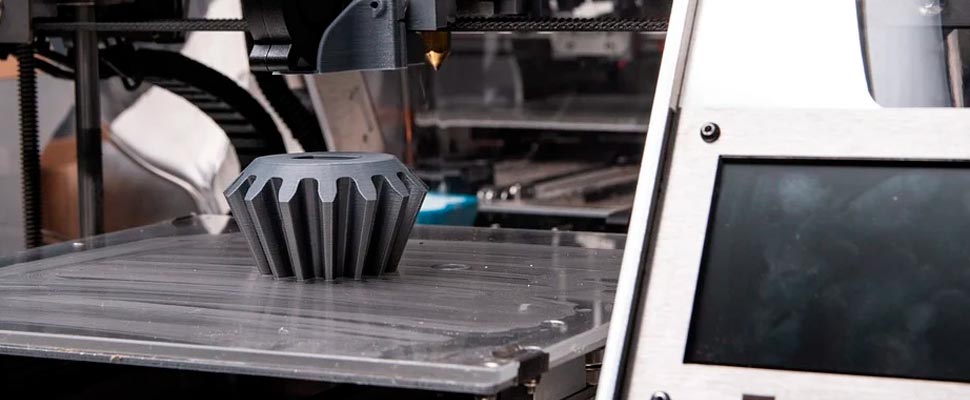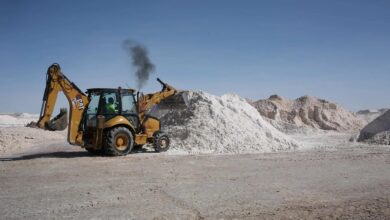3D printers and a possible solution to the Latin American housing problem
Little by little, we began to make friends with printers that are capable of forming thousands of objects. However, are they capable of generating large structures? .

We investigate how the 3D printer could spell a new industrial revolution. / Photo: Pixabay
LatinAmerican Post | Ariel Cipolla
Listen to this article
Leer en español: Las impresoras 3D y una posible solución a la problemática habitacional latinoamericana
3D printers are part of our present. Although we are used to seeing small parts being made, the reality is that they have enormous potential. For example, recently an exact replica of the caves was created in the Yungang Grottoes, so that they could be transportable for display around the world, ideal for tourism.
At the same time, you are constantly seeing many changes and innovations in the field of 3D printing. For example, engineers at the University of La Plata in Argentina are creating a model that can build houses quickly, to provide agile and economical solutions to the housing problem.
Knowing that this technology has a huge future, but also a really interesting present, we decided to find out how important 3D printing could be for the future. Basically, we investigated what is the ability of 3D printers to create magnificent works and how it could mean a new industrial revolution.
The future of 3D printers
3D printers allow you to create incredible things. Perhaps for this reason, they can be considered as the "appliance of the future" For example, research carried out by the University of Texas highlights that steel can be used to create 3D pieces as resistant as traditional ones.
This means that we can implement them in our day to day, managing to improve processes and end products. That is to say, it can be considered as an electrical appliance that allows us to make other electrical appliances, being a way of returning to the "artisan", although in a technological way. However, what would happen on a large scale?
For example, as we mentioned, even homes could be built using this technology. Recently, thanks to a giant 3D printer, a house could be printed from liquid concrete. This results in a change for the industry, because the machine only took 48 hours to manufacture a house of about 580 square meters.
This could bring some changes in the construction industry. In ecological terms, The National indicated, through a study, that this type of printing produced 60% less waste than if it had been done with traditional techniques. At the same time, the costs for the concrete walls of the structures are reduced.
For example, in Dubai they created a 9.5-meter-high two-story building in 640 square meters, with a value of $ 272,264, while, if it had been done in a traditional way, it would have cost $ 680,660. Therefore, the massive nature of this new way of working in the real estate area would mean that more and more people could access homes, since they would be much cheaper.
Also read: The elderly are taking increasingly precarious jobs
In Latin America it could even be a perfect tool to solve some problems, such as the housing crisis. The Inter-American Development Bank, in its report on Housing in Latin America, reveals that the region has a very large housing deficit. For example, the poor have a lifetime inability to access a home of their own.
In addition to rents, there is 0.6% of the population that sleeps outside dwellings or in temporary shelters, according to the World Bank Indicators Study. So the fact that 3D printers can create new prototypes of basic homes run by the state or with promotions run by private parties would mean better access to a home of their own.
For example, the New Story association, the Fuseproject design studio and the concrete printer manufacturer ICON 3D decided to present a project in the region, to generate the first development of perfect houses for people living on less than $ 200 per month. How long would it take to create the structural elements? About 24 hours, ensuring a kitchen, a bathroom, seats and walls.
What is clear is that there could be a new industrial revolution, characterized by the possibility of creating incredible things in a short time. That is where, precisely, some countries in our region could benefit. For example, the copper deposits in Bolivia, Peru or Chile could be great tools to exploit and take advantage of these constructions.
The truth is that it is a multibillion-dollar industry, which grew by 25% this year, reaching the market value of up to 12.1 billion dollars, according to the Global 3D Printing Report of EY. If Latin America takes advantage of it, it could be a pioneer in this industry, solving housing problems, but also providing resources for the private sector through the extraction of the metals necessary for many constructions.




